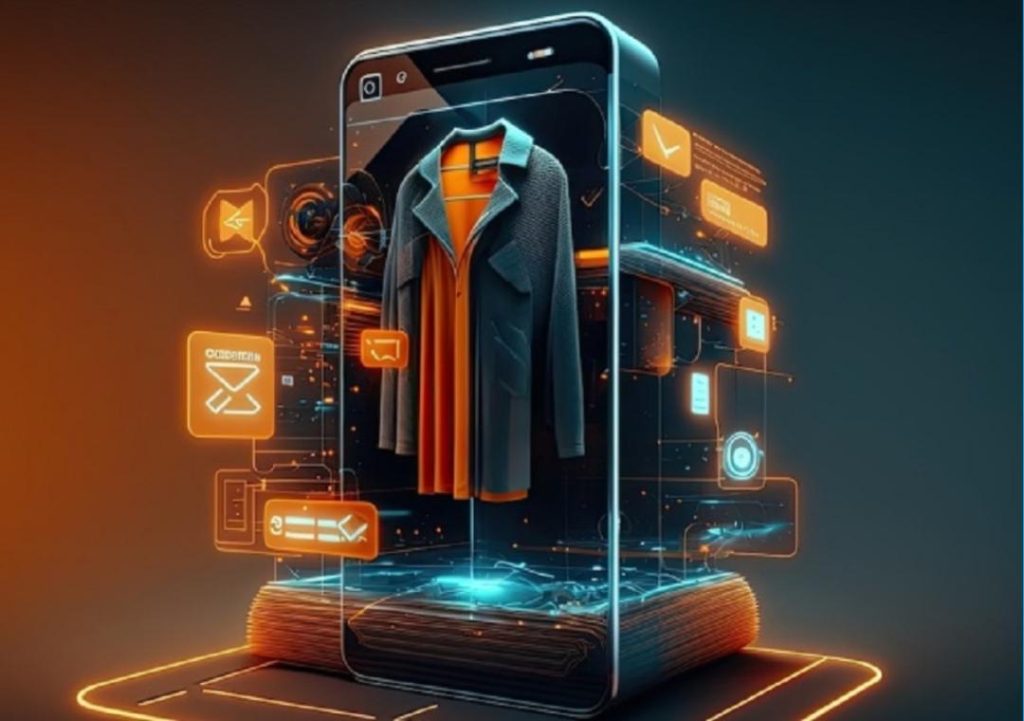
How AI, AR & Automation are Redefining Online Shopping in 2025
The online shopping landscape is undergoing a significant transformation, driven by the convergence of artificial intelligence (AI), augmented reality (AR), and automation. As we step into 2025, e-commerce players are leveraging these cutting-edge technologies to revolutionize the way customers shop online. From AI-powered personalization to AR virtual try-ons, and automated logistics, the online shopping experience is becoming faster, more immersive, and frictionless.
In this blog post, we’ll delve into the key trends shaping the future of online shopping, and explore how AI, AR, and automation are redefining the customer experience.
AI-Powered Personalization
AI-powered chatbots are revolutionizing customer service, enabling customers to interact with brands in a more personalized and efficient manner. These intelligent bots can understand natural language, respond to customer queries, and even offer recommendations based on their preferences. According to a report by Salesforce, 80% of customers are more likely to make a purchase from a company that offers personalized experiences.
Smart recommendations are another area where AI is making a significant impact. By analyzing customer behavior, purchase history, and preferences, AI algorithms can suggest products that are most likely to appeal to them. This not only increases the chances of conversion but also enhances the overall shopping experience.
Voice Commerce
The rise of voice assistants like Alexa, Google Assistant, and Siri has given birth to a new form of commerce – voice commerce. With the ability to shop using voice commands, customers can now browse, search, and purchase products without having to lift a finger. According to a report by Grand View Research, the global voice commerce market is expected to reach USD 19.4 billion by 2025.
AR Virtual Try-Ons
AR technology is changing the way customers interact with products online. With AR virtual try-ons, customers can now preview products in 3D, try them on virtually, and make more informed purchasing decisions. This not only reduces returns but also enhances the overall shopping experience.
Take, for instance, the fashion brand, Zara, which has introduced AR virtual try-ons for its customers. Using a mobile app, customers can try on virtual clothes, see how they fit, and even see themselves in a virtual mirror. This immersive experience has increased customer engagement and reduced returns by 30%.
Automation Streamlining Supply Chains and Delivery
Automation is another area where technology is making a significant impact. By streamlining supply chains and logistics, e-commerce players can now offer faster and more reliable delivery options to their customers. According to a report by McKinsey, automating logistics and supply chains can reduce costs by up to 40%.
The Future of Online Shopping
As we look ahead to 2025, it’s clear that AI, AR, and automation will continue to play a crucial role in shaping the future of online shopping. With the ability to offer personalized experiences, AR virtual try-ons, and automated logistics, e-commerce players will be able to create a seamless and immersive shopping experience for their customers.
In conclusion, the future of online shopping is exciting and full of possibilities. As AI, AR, and automation continue to evolve, e-commerce players will need to stay ahead of the curve to offer the best possible experience to their customers. By leveraging these technologies, they can increase customer engagement, reduce returns, and drive revenue growth.
Source:
https://www.growthjockey.com/blogs/e-commerce-tech-trends-online-shopping






